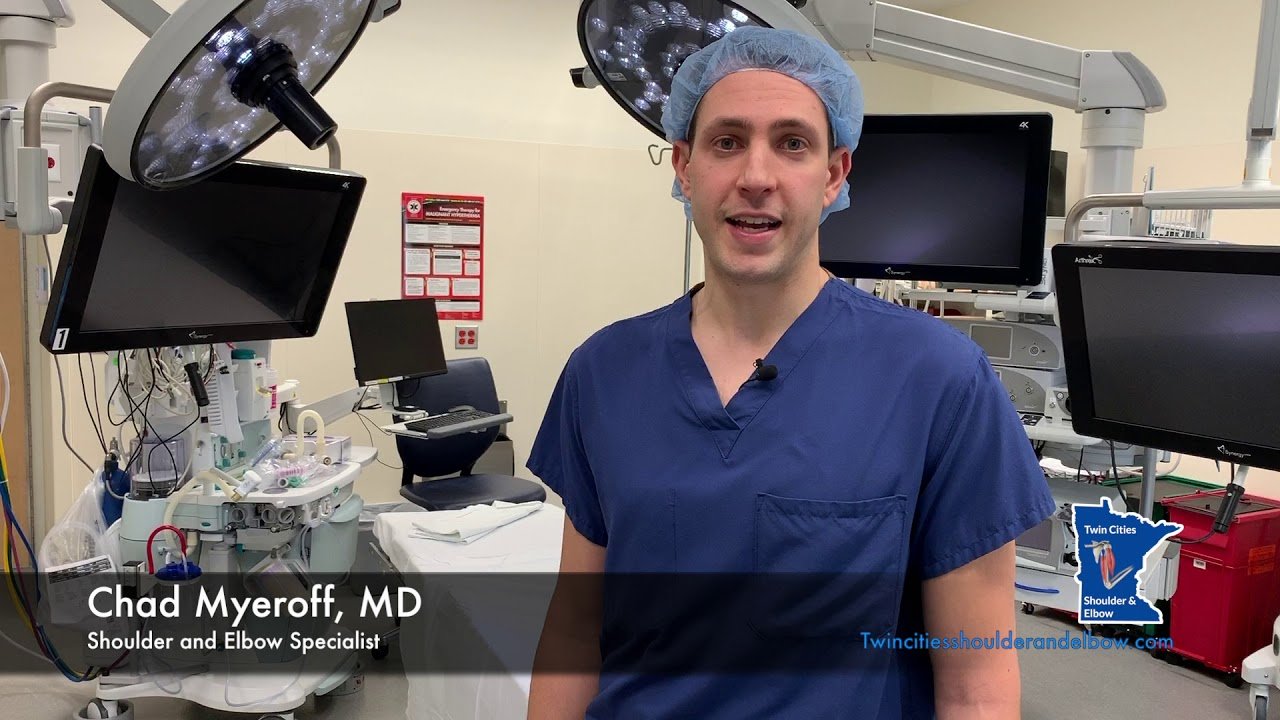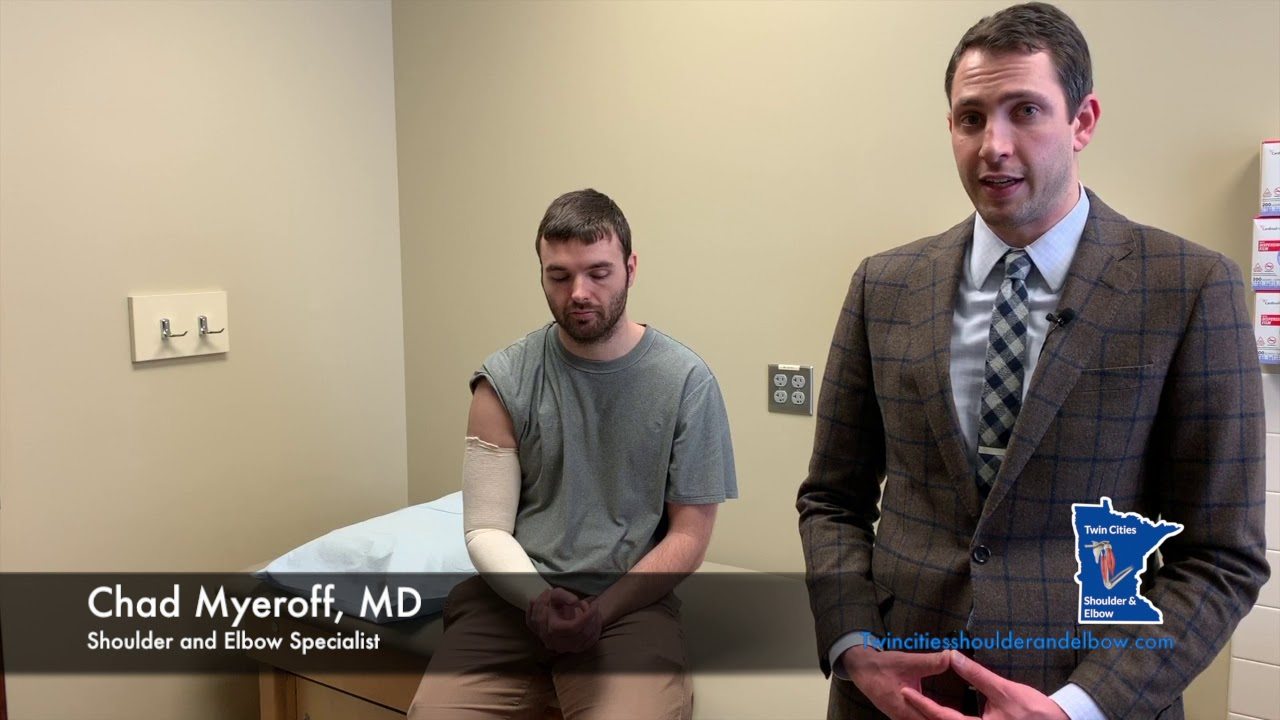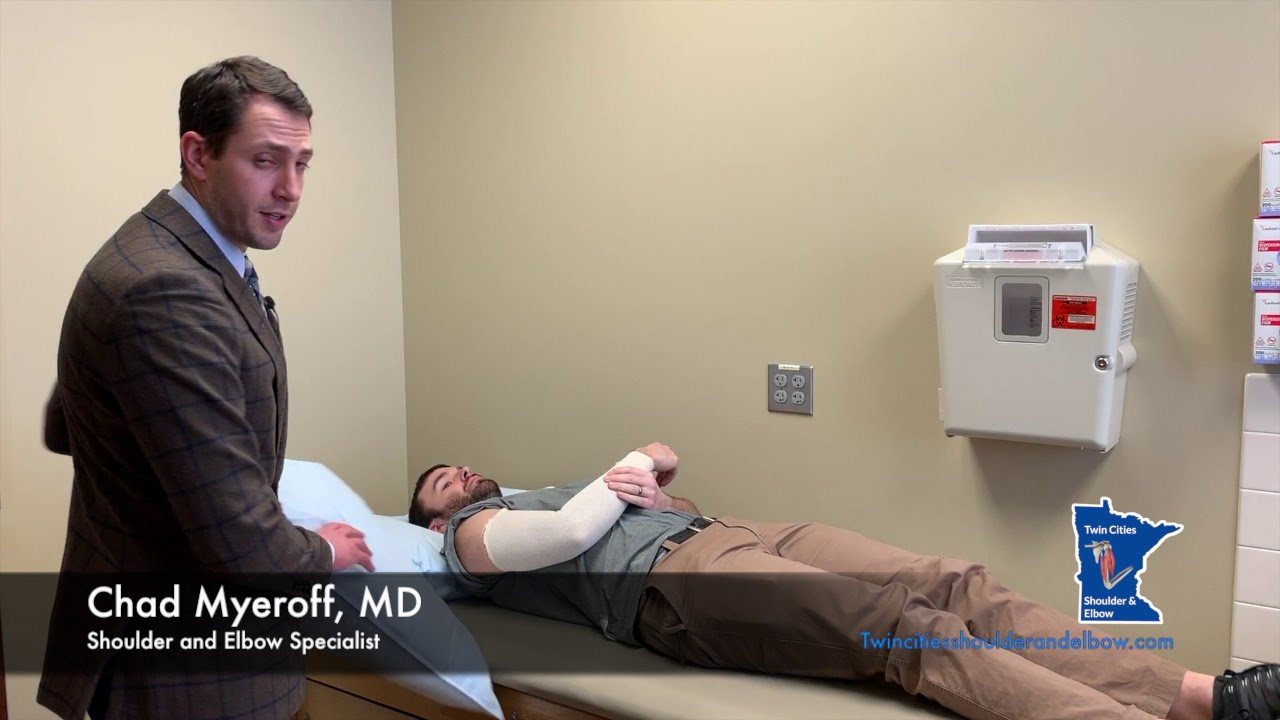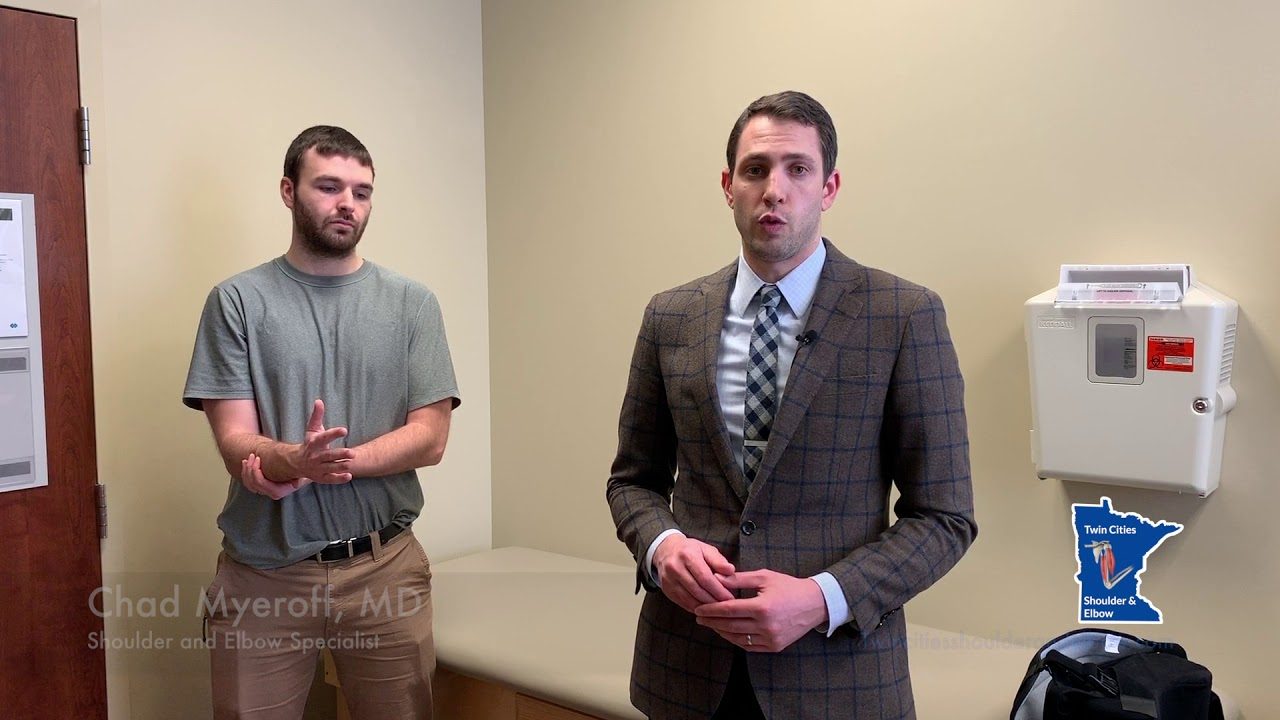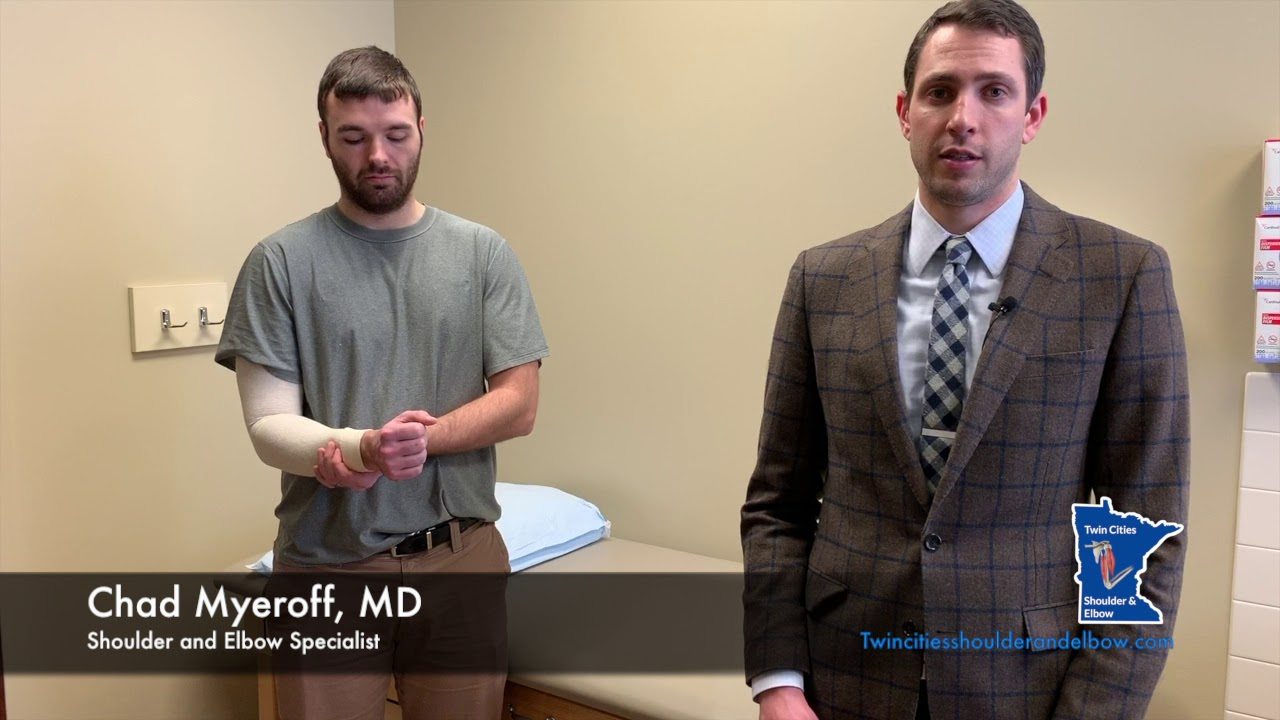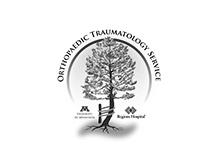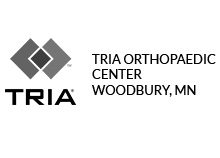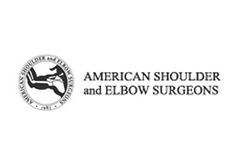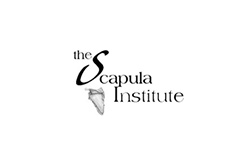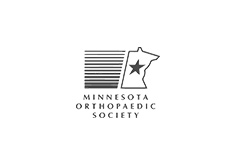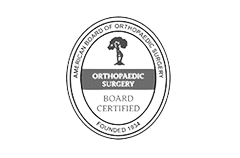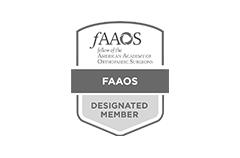Tommy John Surgery
- Diagnosis
- Non-operative Options
- Operative Options
- Before Your Surgery
- After Your Surgery
- Your Rehab
The ulnar collateral ligament (UCL) is located on the inside of the elbow and connects the ulna bone to the humerus bone. It is one of the main stabilizing ligaments in the elbow especially with overhead activities such as throwing and pitching. When this ligament is injured or torn, it can end a professional athlete’s career unless surgery is performed.
The common symptoms associated with a UCL tear are as follows:
- Pain on the inner side of the elbow
- Unstable elbow joint
- Numbness in the little finger or ring finger
- Decreased performance in activities such as throwing baseballs or other objects
Ulnar collateral ligament tear is usually caused by repetitive overhead throwing such as in baseball. The stress of repeated throwing on the elbow causes microscopic tissue tears and inflammation. With continued repetition, eventually the UCL can tear preventing the athlete from throwing with significant speed. If untreated, it can end an athlete’s professional career. UCL tear may also be caused by direct trauma such as with a fall, car accident, or work injury. Other causes include any activity that requires repetitive overhead motion of the arm such as tennis, pitching sports, fencing, and painting.
UCL tear should be evaluated by an orthopedic specialist for proper diagnosis and treatment. I will review your past medical history and perform a physical examination, including a valgus stress test to asses for elbow instability. I may also recommend other tests such as X-Rays and MRI scans to confirm diagnosis.

I may recommend conservative treatment options to treat the symptoms associated with UCL injury unless you are a professional or collegiate athlete. If you want to continue in the sport, I may prefer surgical reconstruction.
Conservative treatment options that are commonly recommended for non-athletes include the following:
- Activity restrictions
- Orthotics
- Ice compression
- Medications
- Physical therapy
- Pulsed ultrasound to increase blood flow to the injured ligament and promote healing
- Professional instruction
- Download Dr Myeroff's Post-Op Protocol for Ulnar Collateral Ligament (UCL) – Tommy John Reconstruction
If conservative treatment options fail to resolve the condition and symptoms persist for 6-12 months, I may recommend ulnar collateral ligament reconstruction surgery. UCL reconstruction surgery repairs the UCL by reconstructing it with a tendon from your own body (autograft) or from a cadaver (allograft). It is also referred to as Tommy John Surgery. The most frequently used tissue is the palmaris longus tendon in the forearm. The basic steps for UCL reconstruction surgery include the following:
- The surgery is performed in an operating room under regional or general anesthesia.
- I will make an incision over the medial epicondyle area.
- Care is taken to move muscles, tendons, and nerves out of the way.
- The donor tendon is harvested from either the forearm or below the knee.
- Holes are drilled into the ulna and humerus bones.
- The donor tendon is then inserted through the drilled holes in a figure 8 pattern.
- The tendon is attached to the bone surfaces with special sutures.
- The incision is closed and covered with sterile dressings.
- Finally, a splint is applied with the elbow flexed at 90 degrees.
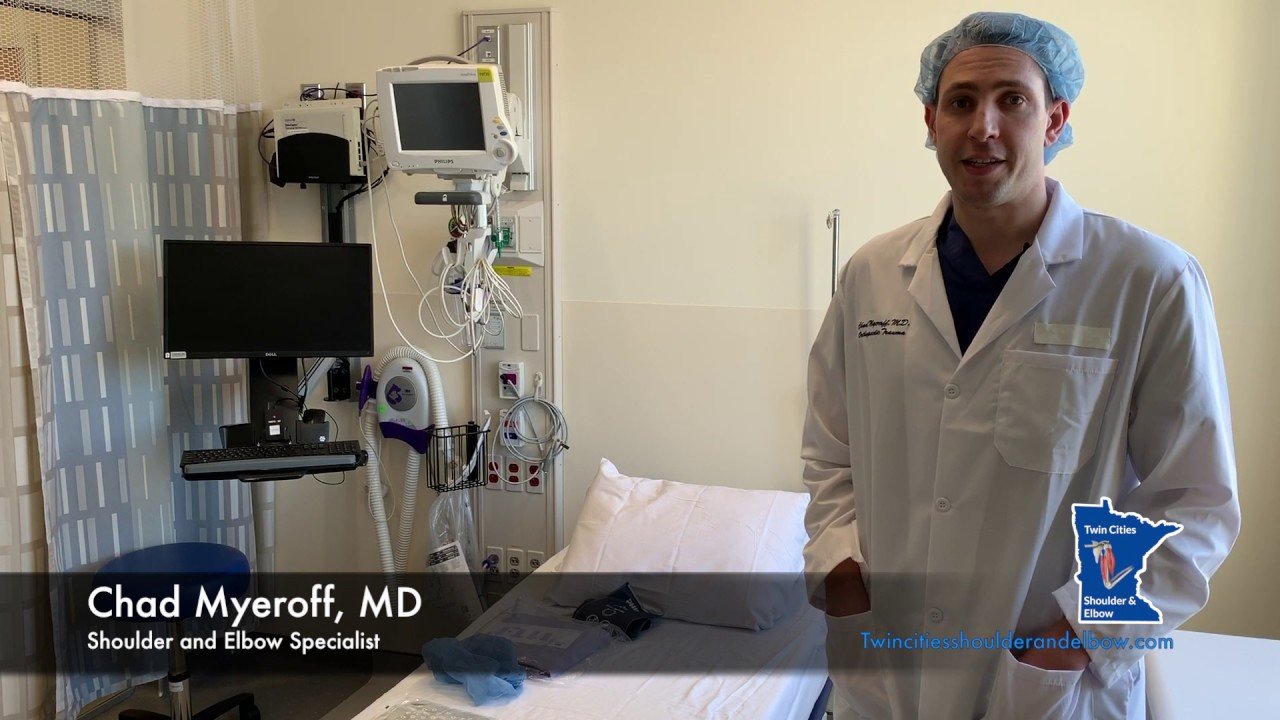
Once we decide that surgery will help you, you will need to learn what to expect from the surgery and how to actively participate in the treatment plan for the best results afterward.
Preparing mentally and physically for surgery is an important step toward a successful result. Understanding the process, and your role in it, will help you recover more quickly and have fewer problems.
Before surgery, I will perform a complete physical examination to make sure you don’t have any conditions that could interfere with the surgery or the outcomes.
- Routine tests, such as blood tests and X-rays may be performed.
- Discuss any medications you are taking with me as you may need to stop or alter your intake before surgery. If you are taking aspirin or anti-inflammatory medications or any drugs that increase the risk of bleeding, you will need to stop taking them one week before surgery to minimize bleeding.
- We will discuss about preparing for potential blood replacement, medical interventions and other treatments prior to surgery.
- Report any infections. Surgery cannot be performed until all infections have cleared up.
- If you smoke, you should stop or cut down as smoking interferes with wound healing and can affect your recovery.
- Have someone available to take you home, as driving is not recommended for at least 24 hours or as advised.
- You may need help with everyday tasks such as cooking, shopping and laundry.
- Put items that you use often within easy reach, so you won’t have to stretch and bend as often.
- After Surgery Video
- Elbow Surgery Recovery Video
- Elbow Elevation Technique Video
Depending on the type of your procedure, you will need to follow certain guidelines. Some of the common postoperative guidelines include:
- Elevate your arm above heart level to reduce swelling
- Wear an immobilizing splint or cast for 1-3 weeks
- Apply ice packs to the surgical area to reduce swelling
- Keep the surgical incision clean and dry. Cover the area with plastic wrap when bathing or showering
- Eating a healthy diet and not smoking will promote healing
Want to know more?
- Physical Therapy Intro Video
- Finger ROM Video
- Standard Elbow ROM Video
Physical therapy will be ordered for strengthening and stretching exercises after the removal of the splint or cast. Professional athletes can expect a strenuous strengthening and range of motion rehabilitation program for 6-12 months before returning to their sport
Risks and complications
As with any major surgery there are potential risks involved.
Most patients suffer from no complications following UCL Reconstruction surgery; however, complications can occur and include:
- Infection
- Limited range of motion
- Nerve damage causing numbness, tingling, burning or loss of feeling in the hand and forearm area
- Cubital Tunnel Syndrome
- Elbow instability


